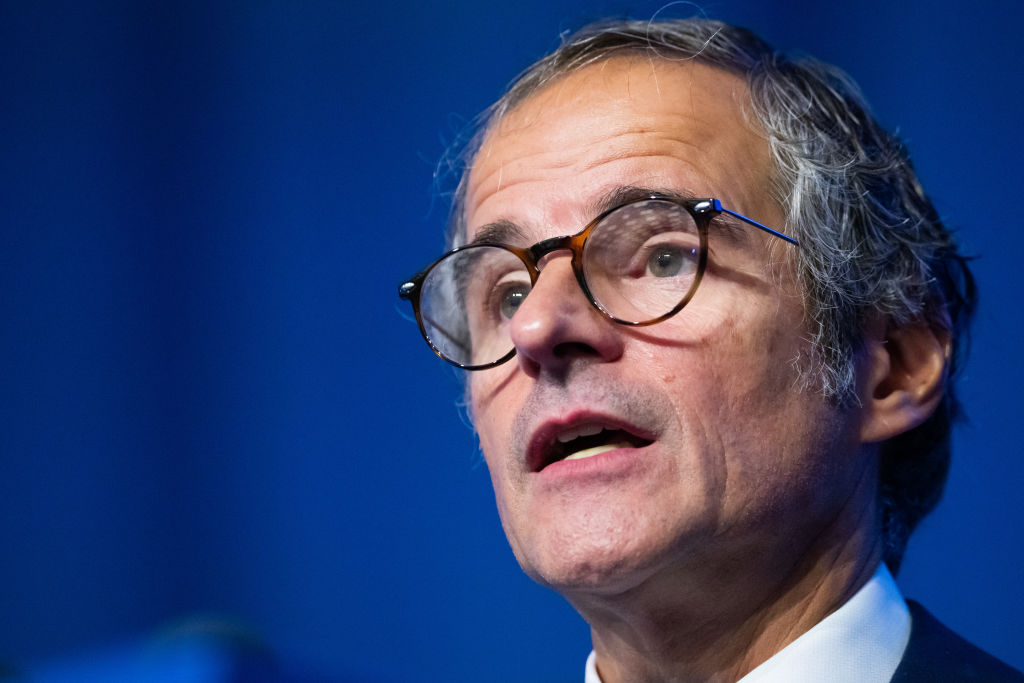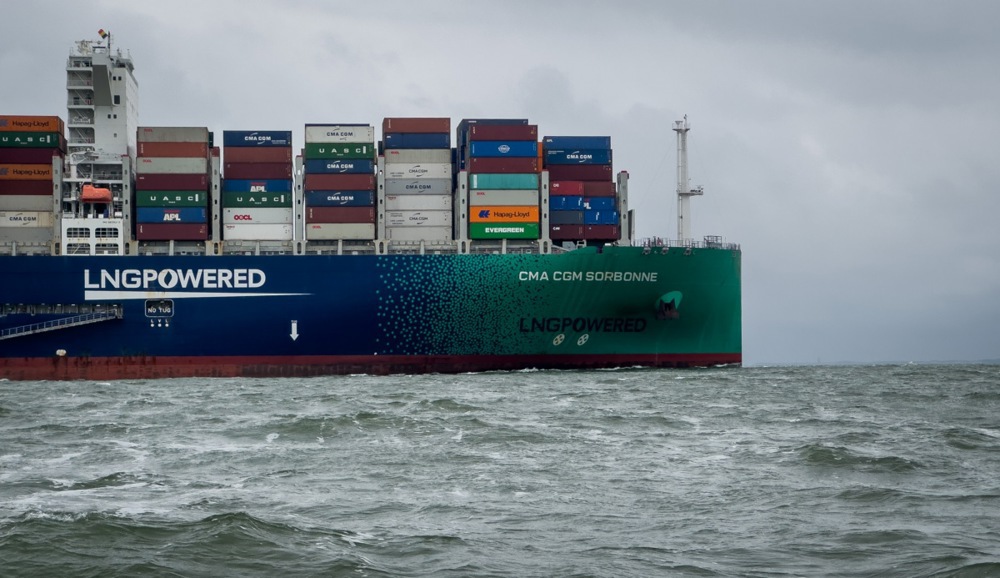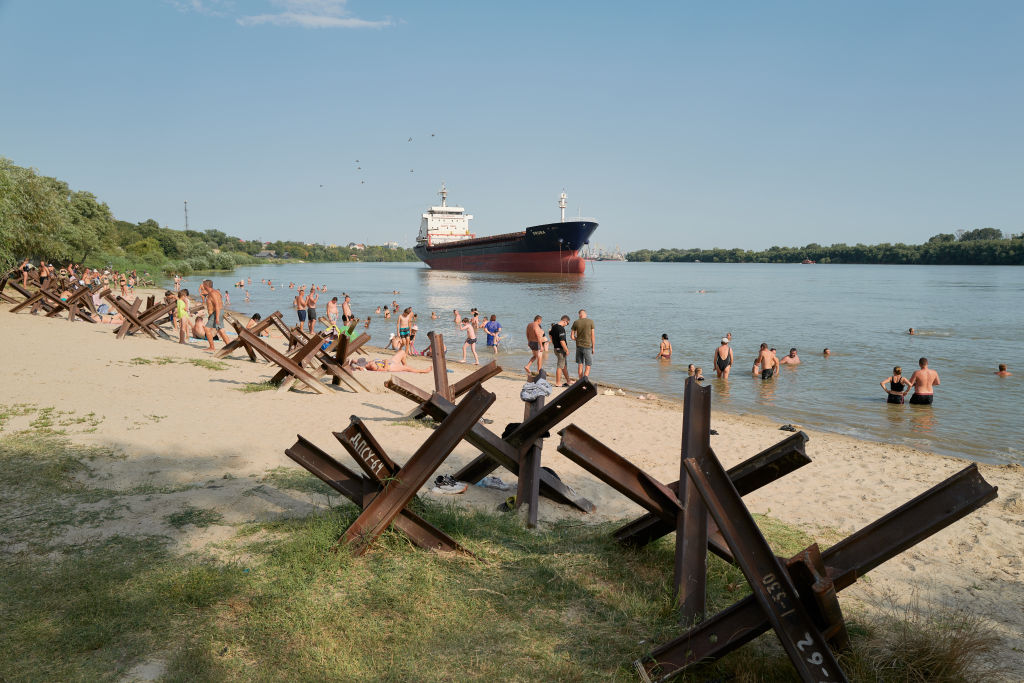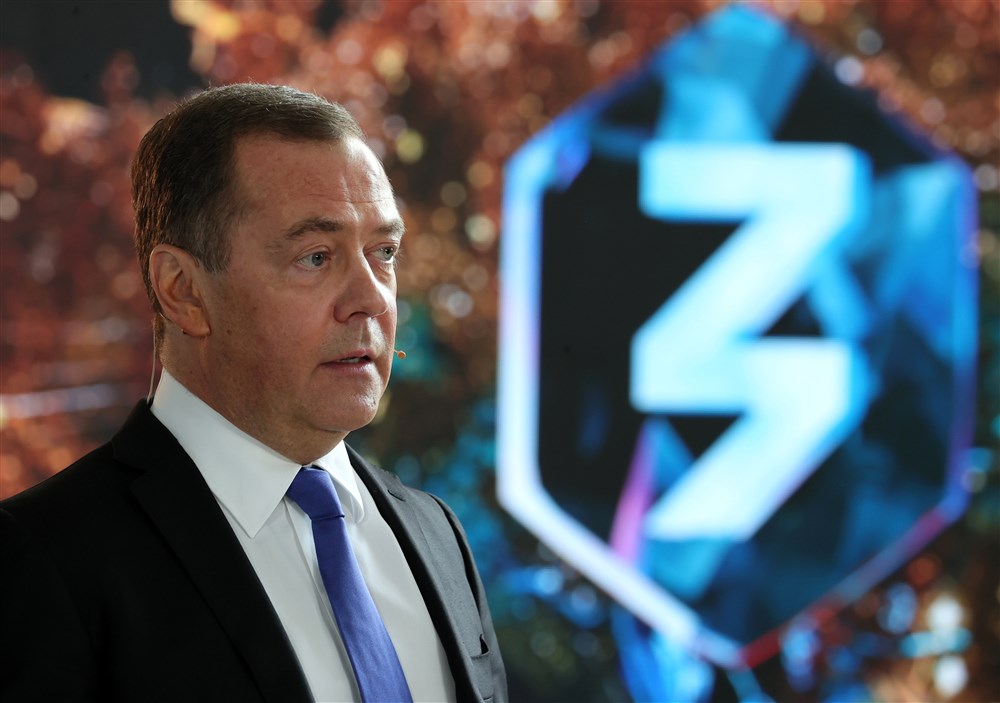The Russian and Western nuclear industries remain dependent on each other, a situation that has shielded Russia from European sanctions, an industry report said on Thursday.
Cutting the West’s dependence would likely drive up costs, the annual World Nuclear Industry Status Report said.
Since Russia’s 2022 full-scale invasion of Ukraine, some of the five European Union countries with Russia-designed VVER reactors, which use Russian fuel, have sought alternative fuel sources, particularly U.S. company Westinghouse Electric.
Several of those countries, however, stockpiled Russian fuel last year, driving up imports.
Some Western companies rely heavily on Russian state company Rosatom’s construction of new reactors abroad to sell their parts, the report said.
“Interdependence between Russia and its Western partners remains significant,” the report said.
“With Rosatom implementing all 13 nuclear-power reactor construction sites started outside China over the past five years, providers of parts, e.g. France’s Arabelle turbines, do not have any other foreign customer besides Rosatom,” it said, referring to a unit of French state power utility EDF.
It also cited so-called instrumentation and control technology, often described as the “central nervous system” of a nuclear power plant, supplied by Germany’s Siemens Energy ENR1n.DE and France’s Framatome, majority-owned by EDF.
“The close mutual industrial and market interdependencies between the Russian nuclear industry and its Western counterparts at least partially explain European hesitations to impose sanctions on the nuclear sector,” the report said.
“Efforts to reduce or eliminate Russia’s dependencies in natural uranium, conversion, and enrichment services will likely increase costs,” it added.
The report gave an overview of global electricity generation from nuclear power last year, which grew by 2.2 per cent from 2022 to 2,602 net terawatt hours, though its share of commercial gross electricity generation fell slightly to 9.15 per cent from 9.18 per cent.





